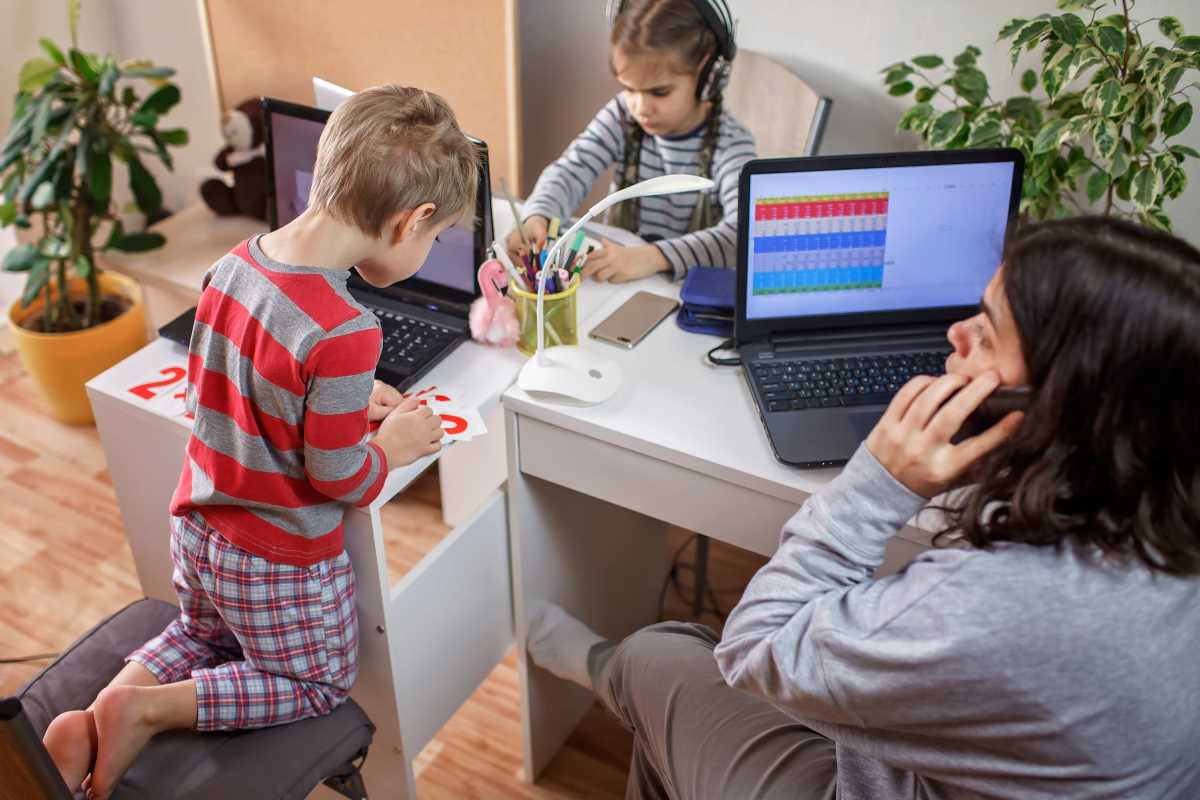Families that blend together often experience both rewarding moments and distinct challenges. When children from various backgrounds become siblings, they have the chance to support one another and form lasting friendships. Sharing activities, discovering common hobbies, and working through disagreements help these relationships grow stronger. Over time, siblings can build trust and understanding that brings everyone closer. Building meaningful connections between all family members lays the foundation for a home filled with warmth and encouragement, where every child feels valued and included as part of a new family unit.
Family members learn to appreciate the variety of perspectives and experiences each child brings into their life. New routines and shared experiences can spark fun and understanding while strengthening these important bonds. With creative ideas and persistence, families find that small, thoughtful actions make a big difference in day-to-day life.
Understanding the Dynamics of Blended Families
Living together as a blended family means encountering a mix of traditions, habits, and expectations. The differences in upbringing sometimes create tension among siblings who are trying to find common ground. Recognizing these small conflicts and unique characteristics helps everyone appreciate the value that each child offers.
Here are a few common elements that might affect sibling relationships in blended families:
- Adjusting to different parenting styles and household rules.
- Navigating feelings of loyalty and identity when siblings may have different biological ties.
- Managing past experiences that sometimes influence daily interactions.
- Balancing time equally among varying interests and needs of each child.
Encouraging Open Communication Among Siblings
Childhood conversations matter. Setting aside moments for siblings to talk about their day or share memories creates a space where everyone feels heard. Even a simple question like "What was the best part of your day?" sparks discussion and shows kids that their thoughts are worthwhile. Creating a relaxed environment at dinner or during leisure time makes the conversations feel natural.
Engaging siblings with creative conversation starters can also work wonders. Planning a game night where each child answers fun prompts or rotates the role of host gives them a chance to share their interests and listen to one another. When communication flows freely, children learn to express both their delights and their concerns in a caring atmosphere.
Creating Shared Family Experiences
Shared experiences can tie siblings together in a memorable way. Participating in group activities not only builds positive memories but also enhances teamwork and mutual respect. Exploring fun options that involve every family member can turn ordinary days into special moments.
Consider trying these activities:
- Plan a themed cooking night where each sibling helps cook a part of the meal. Let them pick a theme or a dish from different cultures.
- Create a backyard treasure hunt with clues that require teamwork. Divide roles so each child takes a turn leading the search.
- Host a DIY craft session that encourages creativity. Set up different stations with supplies and see how the art pieces come together.
- Start a small garden where each child is responsible for a specific plant. Watching nature grow can be both fun and educational.
- Organize a family book club where everyone reads a short story and then discusses it together.
Supporting Individual Relationships Within the Family
Recognizing that every sibling relationship is distinct creates opportunities for unique one-on-one time. Parents can pair children for activities based on shared interests. Whether it's a hobby like painting or playing a sport, personal time together allows each pair to develop their connection at their own pace.
Offering individualized attention during routine activities builds trust and confidence. Planning a day with just one sibling pair might include visiting a favorite park or cooking a special treat together. Taking time to understand each child's strengths and preferences shows that every relationship holds a special place in the family circle.
Leveraging Emotional Intelligence to Strengthen Bonds
Developing a keen sense of emotional awareness can transform how siblings interact. Parents help children recognize their feelings and those of others through simple, everyday interactions. Acknowledging emotions during a disagreement often leads to resolving conflicts with empathy and care.
Simple exercises like discussing emotions during family time might include asking, "How did that make you feel?" or even engaging in a quiet activity that encourages reflection. It helps each child learn to manage frustration or excitement in healthy ways. By practicing emotional intelligence, families can foster sibling bonds in blended families and support a lasting sense of understanding among children.
Overcoming Common Obstacles
Challenges often arise as children adjust to new living arrangements and family roles. Recognizing common issues helps families address them early, keeping relationships on track. When obstacles occur, a calm discussion and mutual problem-solving can rebuild trust and unity.
Some recurring challenges include:
- Feelings of jealousy or competition which may emerge from differences in attention from parents.
- Difficulty in accepting new rules, especially when one child is used to a different way of living.
- Indecisiveness about how to share space and responsibilities which could lead to minor conflicts.
- Lack of common interests, making it harder to find activities everyone enjoys.
Blended families can build lasting bonds through consistent, positive interactions. Small, thoughtful actions strengthen relationships and support everyone’s happiness.







